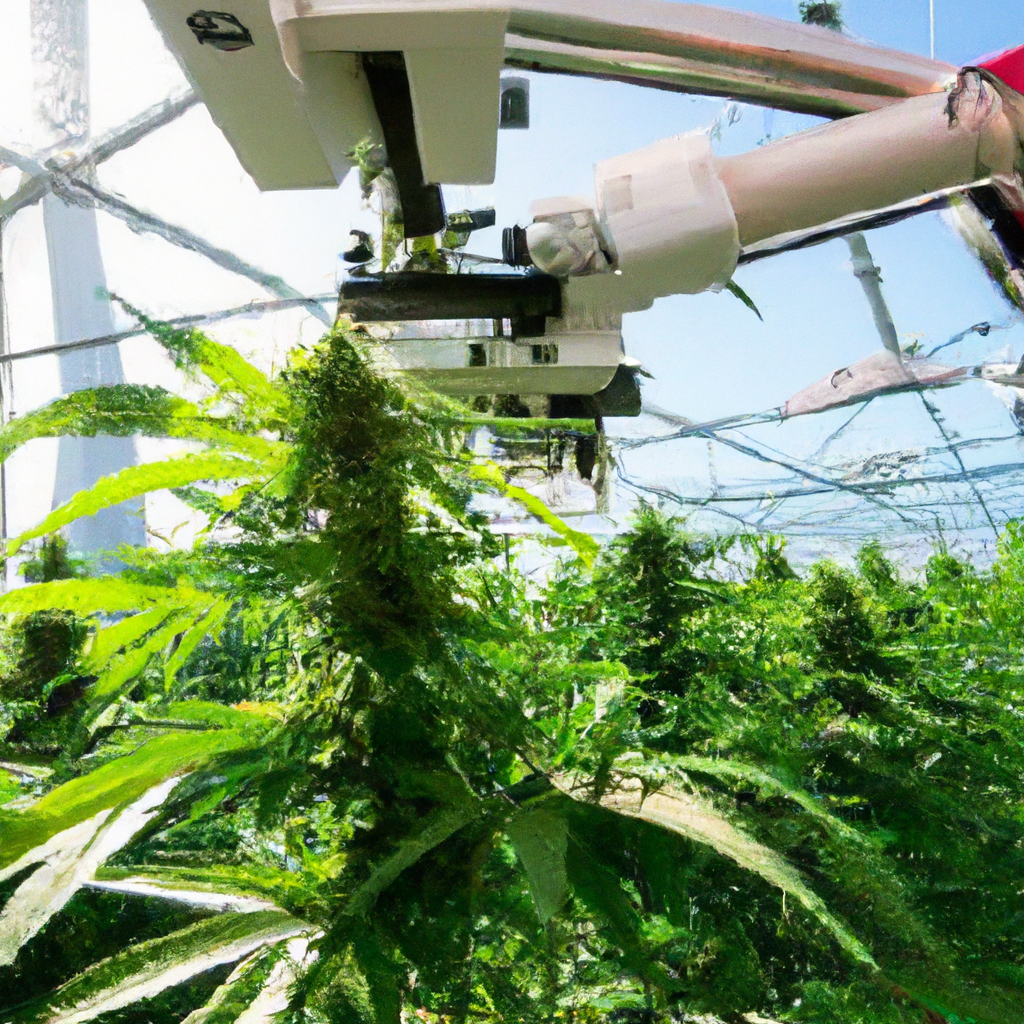Welcome to a new era of cannabis cultivation, where technology isn’t just enhancing our processes but transforming the way we grow and harvest. As someone who has spent over three decades cultivating premium cannabis in Colorado, I’ve seen significant shifts—from the days of rudimentary growing techniques to today’s technology-driven strategies. Let’s dive into the exciting world of cannabis robotics and how it’s reshaping the industry.
The Rise of Robotics in Cannabis Cultivation
In recent years, robotics has emerged as a pivotal player in modern agriculture. For cannabis cultivators, robotics offers precision, efficiency, and resource optimization. Robotic systems can automate tasks that are typically labor-intensive and prone to human error, such as pruning, nutrient delivery, and pest control.
- Pruning and Trimming: Robotics can perform delicate tasks with incredible precision, ensuring each plant reaches its full potential without the risk of damaging vital plant parts.
- Nutrient Delivery: Automated systems can regularly deliver precise amounts of nutrients tailored to the specific needs of each strain, optimizing growth and boosting yields.
- Pest Control: Advanced sensors detect early signs of pest infestation, and robotic systems can apply targeted treatments to affected areas, minimizing the use of pesticides and preserving plant health.
Benefits of Robotics in Cannabis Cultivation
Integrating robotics into cannabis cultivation brings a host of benefits, particularly in high-altitude growing environments like Colorado:
- Increased Consistency: Robots deliver uniform care to each plant, leading to more consistent quality and potency across harvests.
- Scalability: Automation allows for seamless expansion of operations. Growers can increase their output without a proportional increase in labor costs.
- Sustainability: Precision in water and nutrient application reduces waste. For instance, coupled with smart irrigation, these systems can reduce water usage by up to 30%.
Challenges and Considerations
Despite the benefits, integrating robotics into cannabis cultivation comes with challenges:
- Initial Investment: The cost of robotic systems can be substantial, which may be prohibitive for small operations.
- Technical Expertise: Operating and maintaining advanced robotics require a level of technical knowledge that may necessitate hiring specialists.
- Adaptation Period: The transition to robotic systems necessitates training for existing staff and a period of adjustment.
Conclusion
As we stand at the intersection of tradition and technology, the potential for robotics to revolutionize cannabis cultivation is immense. Embracing these advancements can lead to more sustainable, efficient, and high-yield operations. Just like the cannabis plant itself, the industry continues to grow and evolve, offering new opportunities for innovation and improvement.
Curious about how robotics might fit into your cultivation practice? Consider starting with smaller-scale implementations or pilot projects to gauge the impact.
Growers, remember: “Cannabis is a teacher; I’m just the student with 30 years of notes.” Let’s continue to learn and innovate together.
Tags: Sustainability, High-Yield Optimization, Advanced Genetics, Education Insights


Leave a Reply